All animal lovers believe they can communicate with their pets. Whether it be communication occurring because you share that knowing look that says “don’t even think of it…”, a “yes, yes I know…” in response to a howl/meow/neigh or squawk, or unique “language” you and your pet have – you totally know how to “talk” to your Bella, Benjji, Gizmo, Max, Socrates, Misty or Polly. But sometimes pets, and in the case of this blog dogs, are masters at hiding pain or illness. This requires your careful observation and fur-parent intuition to notice if something is up with your pup (and other pets).
Here are 13 signs you need to watch out for in your dog to make sure you catch illness, ailments or sickness early on.
#1 Oh Pooch – Changing Behaviour/Patterns

A change in behaviour is a massive warning sign that something is up with your doggie. You know your doggie best; trust your instincts if there is just something “off” about your pooch and take him/her to the vet.
Any change in behaviour, example: your dog becomes excessively clingy, moody, lethargic, irritable, and agitated, or has strange actions/reactions, a change in energy levels, or spells of anxiety … then there is a large chance of illness or something bugging them.
#2 Cranky Canine Syndrome – Snappy/Grumpy/Agitated Doggy
Once again you know your dog. If your happy-go-lucky “lapdog” suddenly becomes snappy or snarly, there is probably something up. Even if your pup is a little grouchy in general and there is intensified grumpiness or snarling – it’s worth checking it out at a vet.
Also, if your pooch is snappy, grumpy, or agitated, try to take note of what may be causing this or what area elicits the negative response. Did you pick your dog up? Pat them on the head? Tickle their tummy? There can be a whole range of things wrong from arthritis, ear infection, abbess, and even something as hectic as cancer.
#3 A Dog-Eat-Dog World – Isolation

On the other side of the dog’s tail, your dog may not elicit a response at all. They may disappear, hide, isolate themselves, become anti-social, not want to leave their bed or may start lying in remote areas (under the porch, or bushes etc.). Dogs and pets, in general, are often masters at concealing pain and illness. So, it’s important for you to observe your dog and see if he/she is withdrawing, appears sleepy and/or depressed.
#4 Belly Flops –Tummy and Elimination Issues
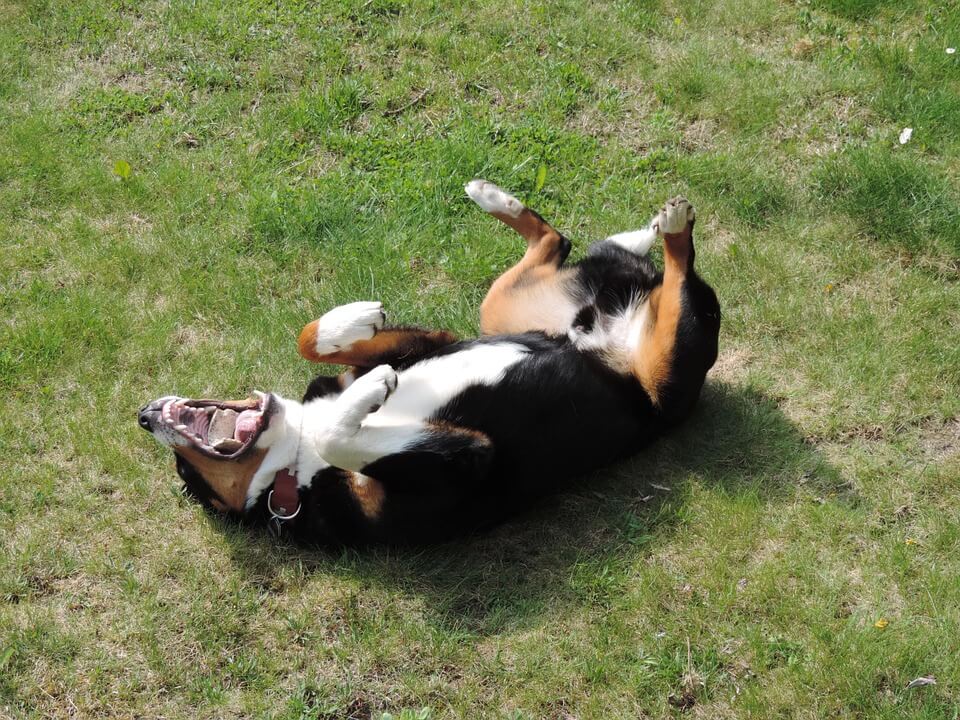
Part of knowing your dog is knowing his/her tummy, tinkle habits and poo-bombs. What to watch out for: extremely bloated abdomens, diarrhoea (lasting longer than a day/severe, or that contains blood), continued vomiting, constipation, frequent or inappropriate urination, poo-poo or wee-wee accidents in the home (after potty training has been established), and/or strained urination… all of these warrant a visit to the vet.

Although it is typical for dogs to get diarrhoea if you change their diets, they eat human food or they help themselves to a “pavement”, “street” or “amphibian” snack, visit a vet if your pet has had a runny tummy for longer than a day, or if there is blood in their stool or have a runny tummy in addition to some of the other signs discussed in this blog. For example, vomiting and a runny tummy, dry heaving and a runny tummy, or lethargy and a runny tummy.

Similar is true with vomiting; although vomiting may not be uncommon in dogs, vomiting in combination with other illness indicators is a concern. Vomiting with blood, or continuing for longer than a day, also means you need to take your pup to the vet.
If bloating of the tummy is combined with vomiting and/or diarrhoea, chances are there is something seriously wrong and you should get your dog to the vet asap!

As a side note… what are some of the common causes for tummy and urinary ailments, and vomiting in dogs: viral infections, change in food, intestinal parasites, gastro, toxic plants, poison, human medication, insecticides, separation anxiety, heatstroke, diabetes, urinary blockage, and bladder infection… to name but a few.
#5 Eating Disorders – No Appetite

Most dogs don’t have eating problems – they come, they see, they eat. So, if your dog suddenly has a poor appetite, stops eating or is just very unenthusiastic about food and you haven’t changed his/her food or environment, it can be a sign something isn’t so lekker. And if the hunger strike continues, a visit to your local vet is important.
#6 No, No, H2O – Thirst Issues

Similarly, to eating, if your doggie isn’t suddenly interested in water, it can not only be an indication of health problems but cause it. This should be taken very seriously by you. It is also a concern if your dog is taking in, excessive amounts of water. Once again, your vet is the best place to take your pooch.
To test dehydration in your dog gently pinch the loose skin of the neck; if it doesn’t bounce back immediately, you need to take your dog to the vet urgently.
#7 Cough-Cough-Wheeze – Breathing Issues
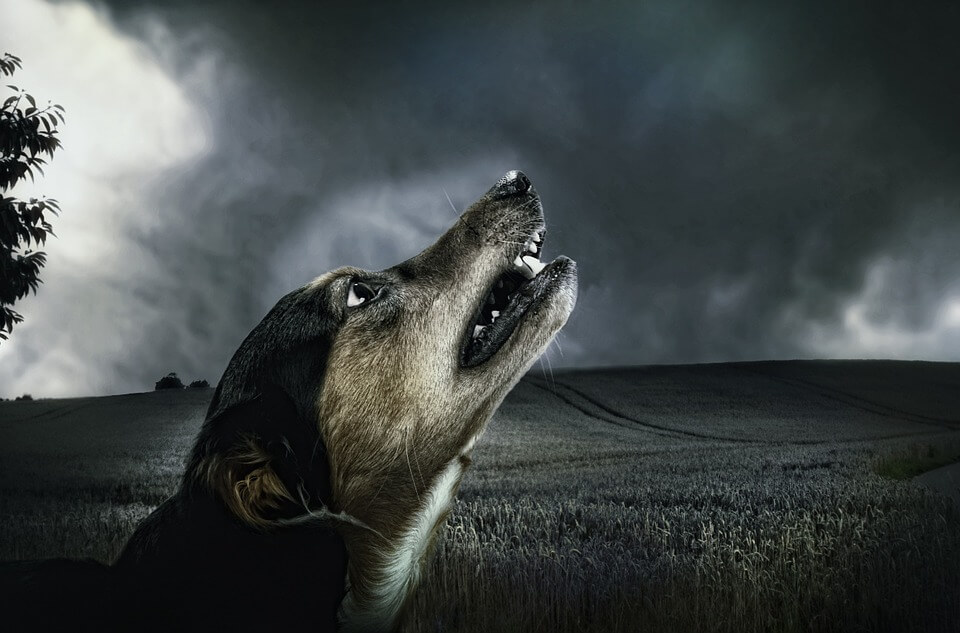
If your dog shows signs of laboured breathing, nasal discharge or congestion with/without blood, wheezing, frequent and unexplained panting, sneezing all day, hacking, heavy breathing, gagging, coughing that lasts longer than a day/interferes with sleep, and/or has a “honking” cough – then it’s important to visit the doctor. If your dog’s gums are blueish and not pink it is important that you get them to a vet immediately.

A honking cough (especially in small breeds like Shih Tzus, Boston Terriers, and Pugs) can be an indication of tracheal collapse and means you need to get your dog to the vet urgently. It’s also important for you to walk your dogs with a harness and not a collar due to collars sometimes causing tracheal collapse.
#8 Face It – Eyes, Ears and Mouth
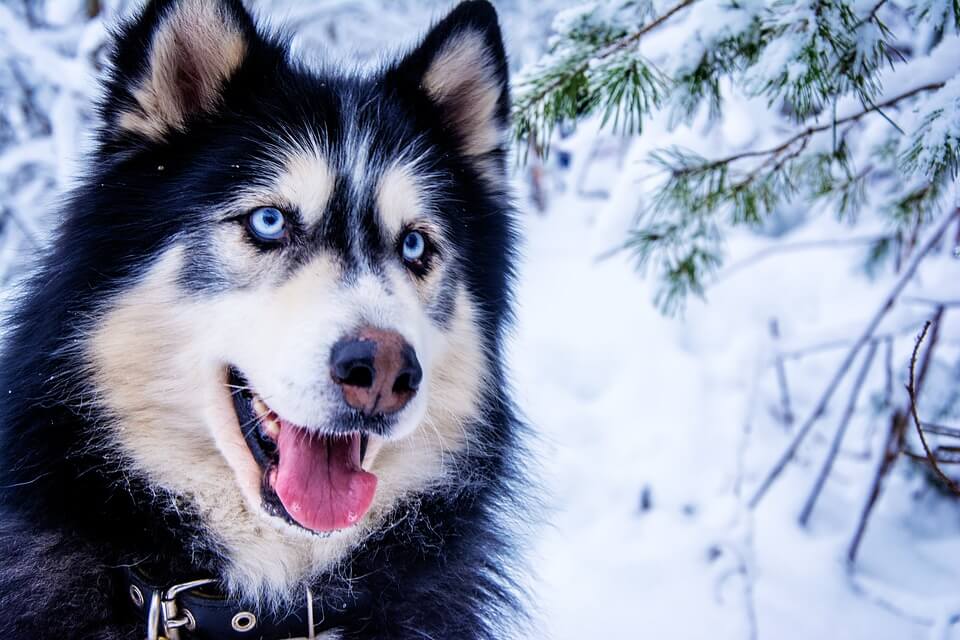
Your dog’s eyes should not be runny/weepy or watery and their eyes should be white not reddish, the iris clear and not cloudy. P.S. One of the main reasons for weepy eyes (as well as itchy skin and diarrhoea) is allergies. Allergies are extremely uncomfortable for your pooch, and out of love for them, you should take them to the vet. Allergies can be caused by grass, foods, pollens, dust mites, household items, perfume, cleaners, and shampoos (and more!).
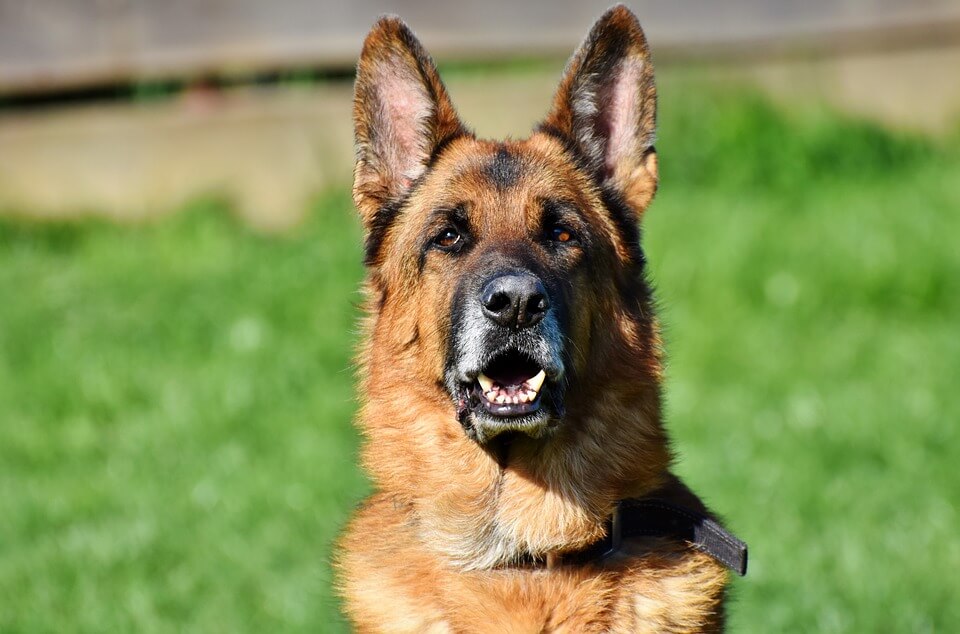
Your dog’s ears should appear normal and healthy and free from bad odours, discharge or debris. If your pooch keeps shaking his/her head, and/or scratching/rubbing his/her ears continuously, you should consult a vet.
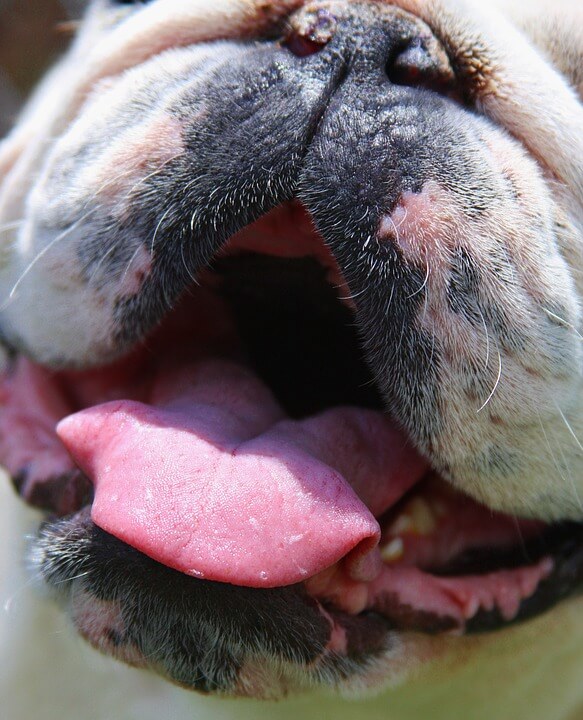
Your doggie’s mouth should be pinkish (not blue or white or discoloured) and extremely bad breath can indicate periodontal disease. Brushing your dog’s teeth and taking your pup to the vet for his/her annual clean also helps to prevent disease.
#9 Let’s Get Physical – Change of Appearance
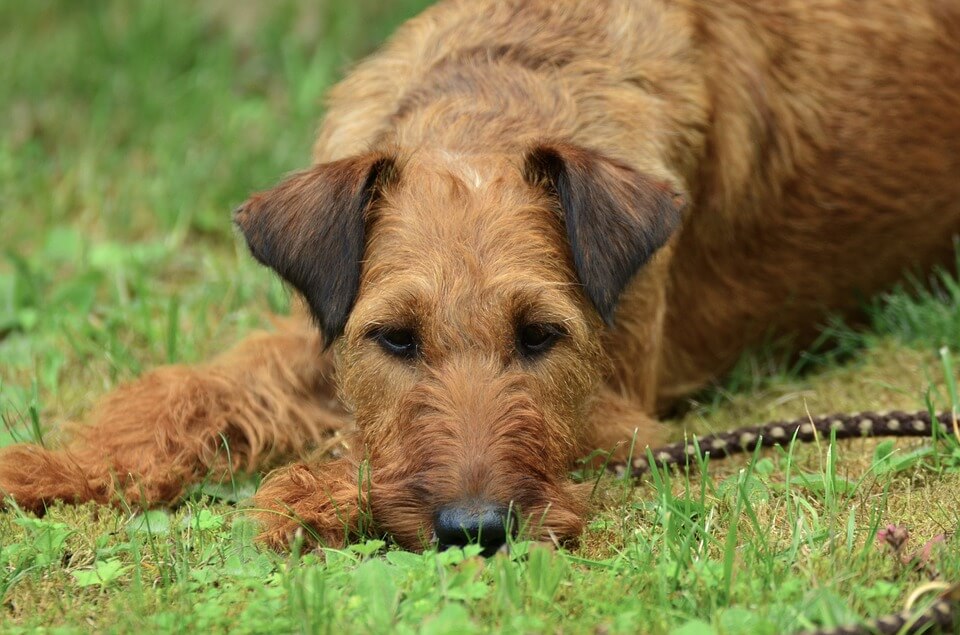
If your poochilicious undergoes any noticeable external change it’s a good idea to check it out. Although some of the changes are nothing to worry about in some scenarios, in other scenarios it can be life-threatening. So, for the love of your pooch and your peace of mind just let your vet have a look at any physical changes, like new lumps, bumps, lumps/sores that are weepy/bloody or oozy, sudden changes to old lumps/bumps, sudden and unexplained weight loss or weight gain, rashes, bald patches, scratching or nipping at the same area continuously.
#10 Itchy and Scratchy Show or Dull for Days – Coat Issues
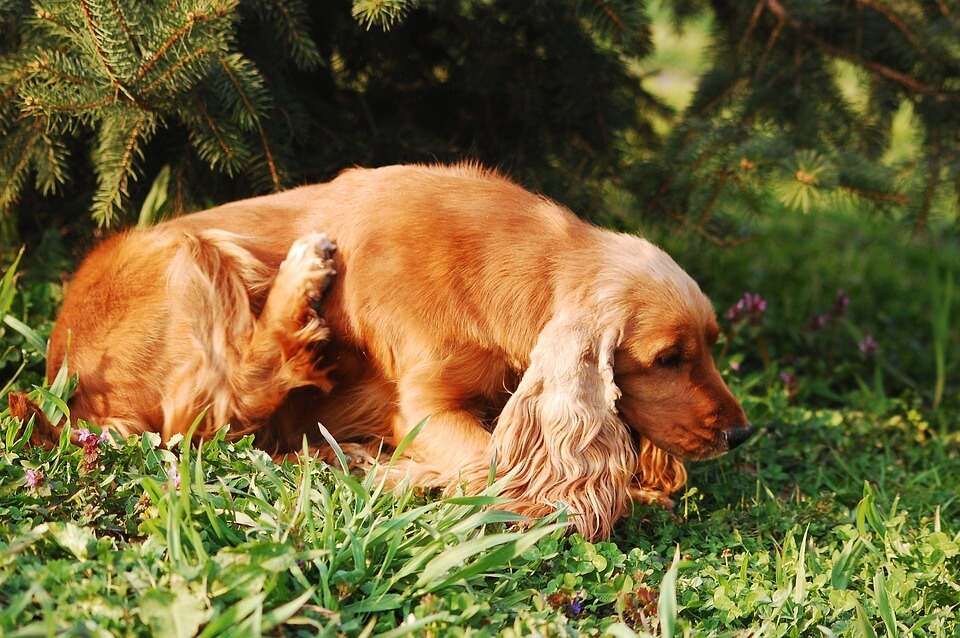
If your doggy’s coat becomes dull, dry, flaky, patchy, greasy or changes texture it could indicate underlying illness or disease. Hair loss and the above signs can be brought on by disorders and ailments like infections, immune diseases, or endocrine disorders. It can also be caused by excessive scratching from parasites, dry skin, mange, poor diet and/or other skin complications.
Excessive scratching, biting or indication of itching could also indicate illness or allergies and due to the extreme discomfort, your pooch may be feeling, it should be something you address immediately. If it is time for a deworm and de-flea then get some stuff; if it is an allergy try remove it from your pooches’ environment and go and get a shot or medication to treat it. Dogs tend to scratch or rub themselves raw from itchiness – so it’s advisable to catch things early.
#11 Hot and Then Cold – Fever

Fever is often an indicator of illness. The only way you can truly check your dog’s temperature is with a thermometer (which can be tricky). If you suspect your dog is running a temperature take him/her to the vet. Body temperature over 40˚ C, and under 37˚ C are dangerous for your pooch (normal is between/about 37.2 ˚ C and 38˚ C). Over 40˚ C is classified as heatstroke and an emergency that needs immediate veterinary intervention.
Some other indicators that your dog has a fever are red eyes, low energy levels, warm ears and shivering.
#12 Soosoo Spots – Pain
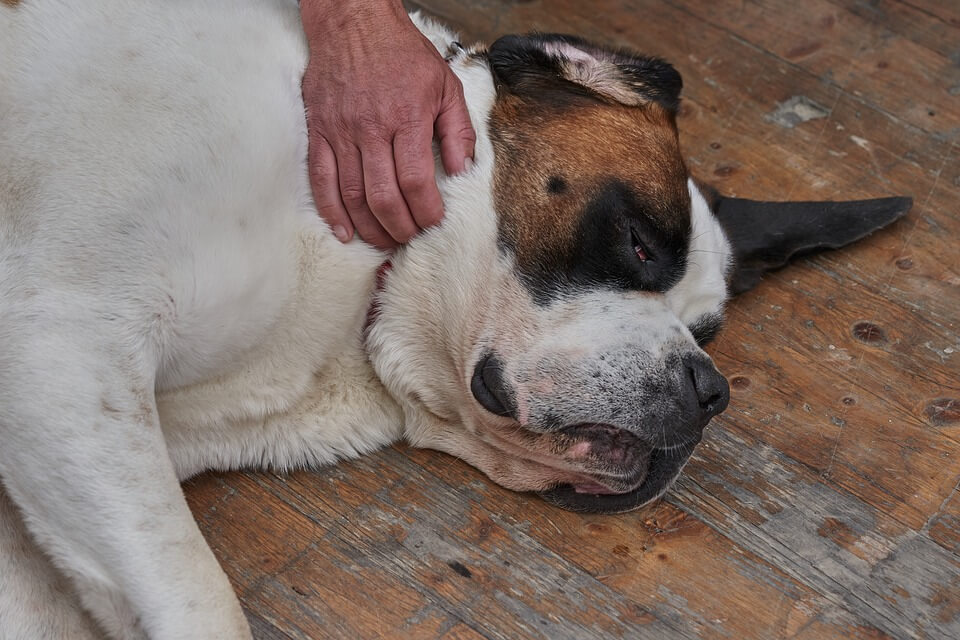
Yelping, whimpering or acting aggressively may be indicators of pain but more often dogs tend to hide their pain and suffer in silence. Once again it comes down knowing your dog and noticing any changes in them. Signs that you should look out for in your pooch include sudden aggression when you approach your dog or certain part of their body, whimpering, yelping, intensive guarding of a body part, lameness (longer than 24 hours), stiffness (longer than 24 hours), agitation, obvious bone/joint swelling, reluctance to jump/walk/move, drooling, trouble eating and any behavioural change.
P.S. Never ever give your dogs over-the-counter or prescribed, human medication – unless your vet has expressly instructed you to. Painkillers such as those that contain ibuprofen are death sentences for dogs.
#13 Not All There – Neurological Issues

Without seeming obvious your dog is sick and in need of medical attention if he/she collapses, loses consciousness (even briefly), is unresponsive, dizzy, off-balance; starts circling repetitively, has seizures, has the sudden inability to walk, seems disoriented, displays signs of repetitive twitching, weakness, and stupor; has a slight head tilt, or exhibits extreme changes in mental state or cognitive function.
P.S. Any of these signs are even more high risk in puppies, frail dogs or senior dogs.
Tips For A Healthy Pup – Puppy Power
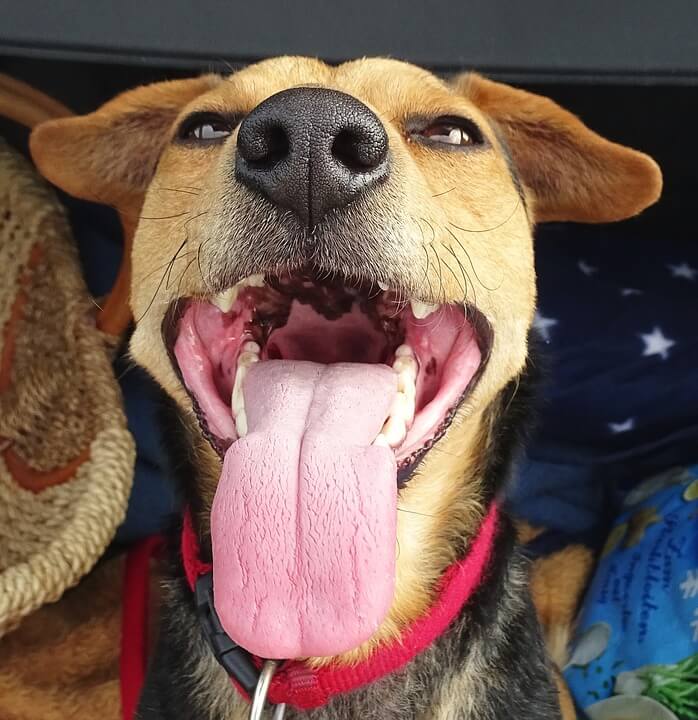
Above unpacks some of the signs to watch out for to make sure your pooch isn’t sick. The best thing you can do for your dog is let the vet see him/her bi-annually. These check-ups can potentially catch any issues early on (which eventually means fewer vet bills for you). And of course, get to the vet sooner if any of the above signs manifest or your intuition says something is up
In addition, make sure your dog gets high-quality food (or make up the difference in vet bills later), that is suitable for your dog’s age, breed and needs; allow your dog to get plenty of exercise for his/her mental and physical health, make sure you go for those check-ups, use a harnesses rather than collars and spend plenty time with your pup (then you’ll able to pick up issues from the get-go).
Have any stories to share? Or experiences with your pooch and his/her health? Please share in the comments below or Social Media. Your story could potentially help another fur-baby and owner.
If you liked this article, recommended reads for you:
Excellent sources/resources:
Sprucepets.com
Bustle.com
Doghealth.com
Wagwalking.com
Aspcapetinsurance.com


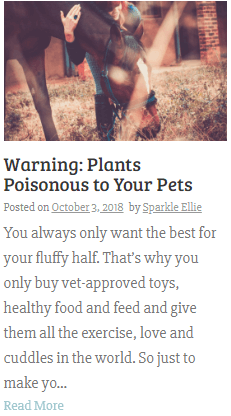



One thought on “13 Signs Your Doggy is Sick”